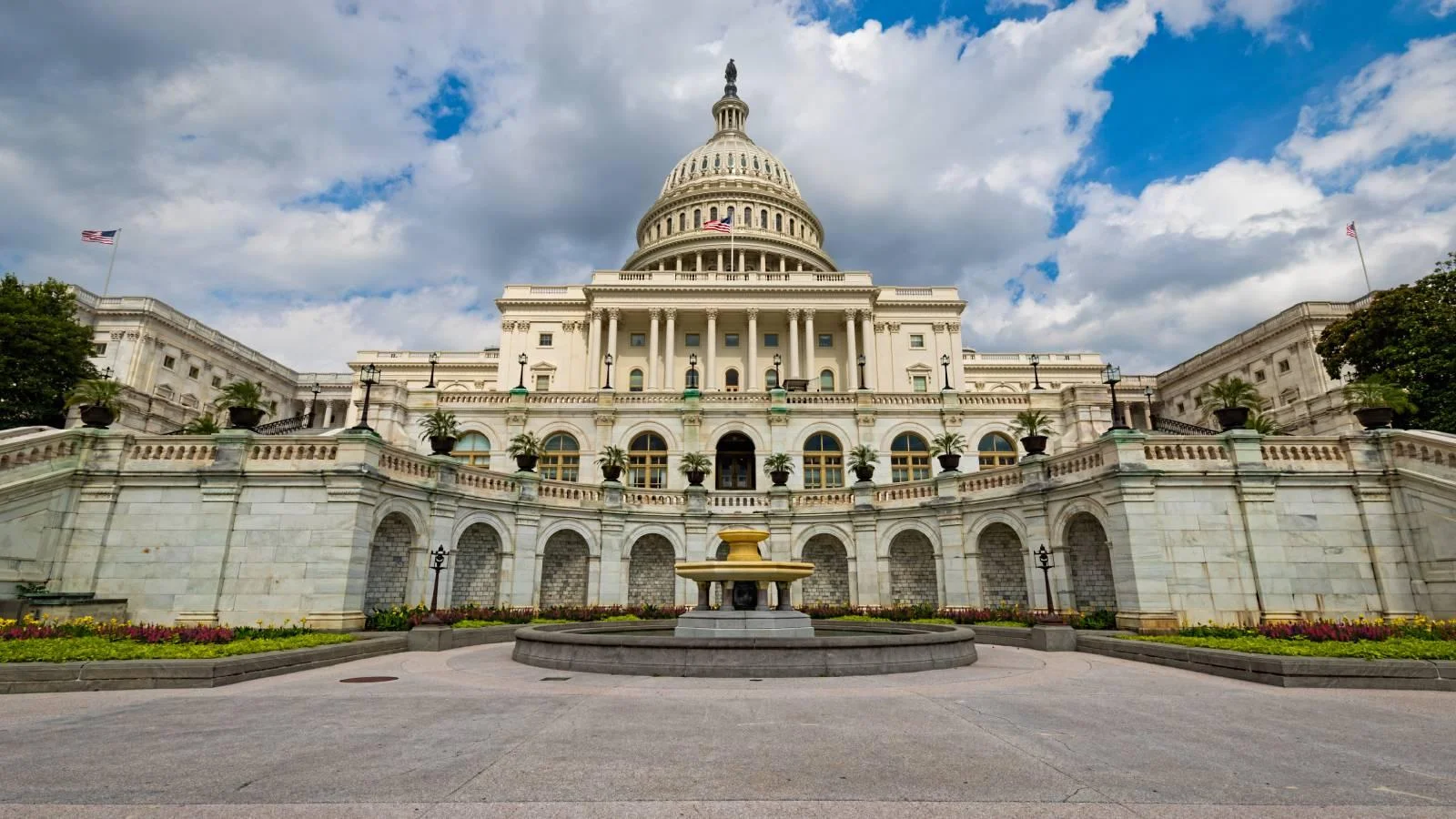Volume 148, No. 119 covering the 2nd Session of the 107th Congress (2001 - 2002) was published by the Congressional Record.
The Congressional Record is a unique source of public documentation. It started in 1873, documenting nearly all the major and minor policies being discussed and debated.
“ECOSYSTEM RESTORATION IN THE APPALACHIAN AND NORTHEAST REGIONS” mentioning the Environmental Protection Agency was published in the Extensions of Remarks section on pages E1608-E1609 on Sept. 19, 2002.
The publication is reproduced in full below:
ECOSYSTEM RESTORATION IN THE APPALACHIAN AND NORTHEAST REGIONS
______
HON. DON SHERWOOD
of pennsylvania
in the house of representatives
Wednesday, September 18, 2002
Mr. SHERWOOD. Mr. Speaker, I rise to introduce legislation to authorize the Army Corps of Engineers to execute thousands of required small aquatic ecosystem restoration projects in the Appalachian region and the Northeastern United States. Currently, the region is estimated to have over 54,000 miles of impaired streams, rivers and coastline. In the Commonwealth of Pennsylvania alone 7,261 miles of streams and rivers out of 54,000 miles are classified as impaired. Of this amount 2,711 miles (37 percent) are impaired due to abandoned mine drainage. Contaminated water emanating from abandoned coal mines is one of the most severe and long lasting water pollution and habitat degradation problems in the Appalachian region. Pennsylvania has estimated cost to restore habitat and remediate water quality problems caused by Abandoned Mine Drainage (AMD) is in excess of $3.8 billion. The Pennsylvania Fish and Boat Commission estimates the economic loss to fisheries and recreation of the 2,711 miles impacted by mine drainage is approximately $67 million annually.
Moreover, using data from the Environmental Protection Agency, it is apparent the extent of just the aquatic ecosystem problems is enormous; the extent of degraded contributing land resources is likewise of tremendous scope. For example, West Virginia has 6,213 miles of impaired waters, 69 percent of which, are caused by mine drainage. In both Maryland and New Jersey greater than 25 percent of all surface waters are considered impaired. In New Jersey 76 percent of the impaired waters have impaired aquatic life. New York State has 3,324 miles of impaired waters. Connecticut has 4,119 miles of impaired streams and coastline. Vermont has 757 miles of impaired streams and 21,376 acres of impaired lakes, 43 percent of these have impaired aquatic life. New Hampshire and Maine combined have 3,588 miles of impaired streams/coastline and over 290,000 acres of impaired lakes. Correcting these problems will require both innovative solutions and a broad ecosystem based approach that considers both the waterways, and the land issues contributing to water degradation.
The intent of this legislative proposal is to establish a pilot program, with broad authority for comprehensive restoration in the Appalachian, New England, and Mid-Atlantic Regions of the United States. This authority will begin to address the longstanding problems of abandoned mine drainage and other non-point sources of pollution currently impairing water quality and species diversity on the region. The program is intended to provide seamless authority for the Corps of Engineers to plan, design and implement small ecosystem restoration projects in cooperation with non-Federal partners including States, local Governments and non-profit organizations. The cost sharing provisions of this authority are consistent with other Corps of Engineers continuing authorities and include innovative provisions to allow pilot testing of innovative technologies, allow non-Federal sponsorship by non-profit organizations, and allow non-Federal sponsors credit for in-kind services performed during the feasibility study phase of a project.
The total cost of the proposed legislation over the authorized six year term is $200,000,000. This amount will not solve the regions' total ecosystem restoration needs but it will contribute substantially to meeting these needs and add to the overall non-Federal efforts currently in process. The estimated benefits of this program include improved water quality, restored ecosystem habitat and increased species diversity, both aquatic and terrestrial, economic benefits associated with restoration of stream and river fisheries, and other intangible benefits to communities associated with the visual improvement of environmental surroundings. This program will also provide much needed technical assistance to States and local communities in the assessment of environmental problems and the development of restoration strategies using the Corps' state of the art watershed modeling techniques and experience gained in environmental restoration.
____________________


 Alerts Sign-up
Alerts Sign-up